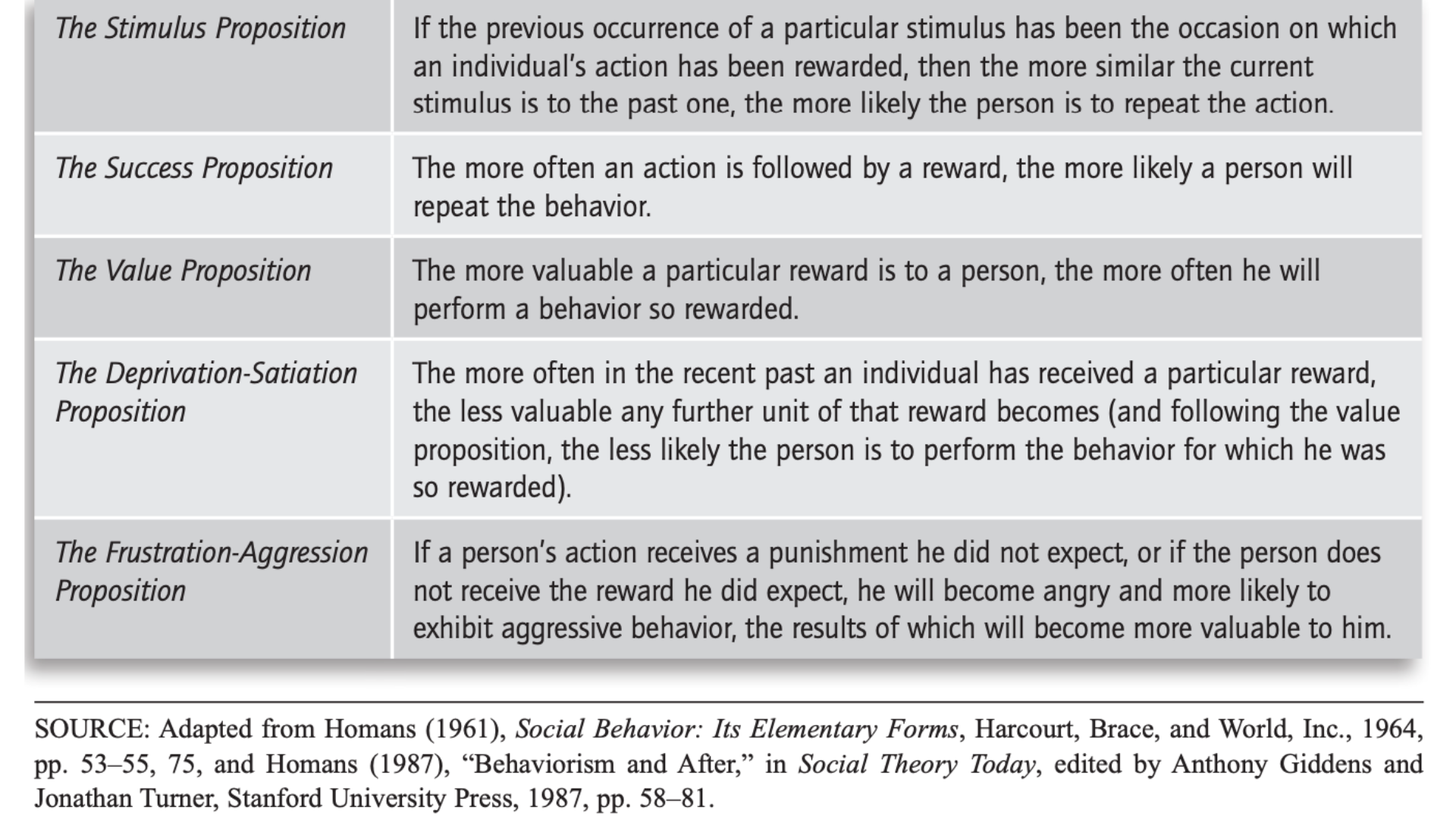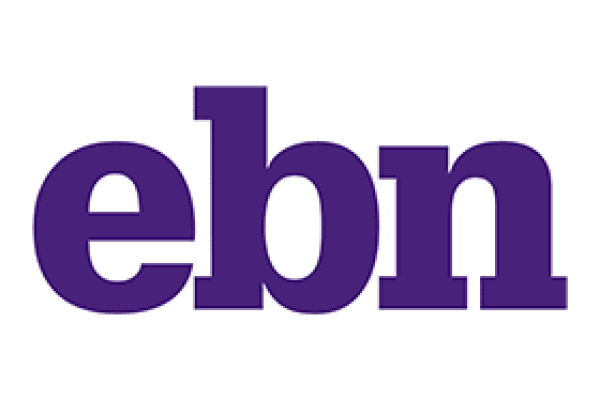Comments (1)
PLC Newsletter: Be Kind: Moving Beyond Transactional Relationships
I’ve been traveling a lot the past few months. Recently, when I was in the security line at the airport, I said “good morning” to the TSA agent. Nothing unusual. I admittedly am one of those people who says good morning to strangers on the street when I happen to make eye contact. Doing so makes me feel content. I received the agents greeting of “good morning” and, since I was in a particularly chipper mood, I followed up with, “How are you today?” I did so while smiling and making eye contact. The agent looked at me with surprise. Paused. Then said, “Wow. No one has ever asked me that. Thank you!”
Now, I don’t know how long she has served in her role. One day? Several years? Either way, I was truly shocked that it was a first. I thought to myself, “How can that be?”
Fast forward one week and I was back at the airport in the security line. This time, the TSA agent met my greeting with annoyance and didn’t even respond. Judging by her tone and her body language, it was clear she just wanted me to move along and leave her alone.
What a different interaction. Because I am me, I still said “thank you” and kept it moving. I know that context matters. While both interactions occurred early in the morning, I have no idea what each person experienced prior to connecting with me in the queue. What I do know is that both people were engaging with me, the customer, in their workplace, contributing to my overall experience.
I began to reflect on the impact of being courteous, and more so, being kind out in the world. Since we live in a consumer-driven society, many of our interactions occur in someone’s workplace. Everywhere I turn, someone is talking about the importance of being kind, especially in the polarizing times we are now living in. Why does it even matter? What’s the benefit?

What does it mean to be “kind?”
Forever the one to look up words, I find the definition of kind to be quite interesting. According to Merriam-Webster dictionary, it means “of a sympathetic or helpful nature” and also “of a forbearing nature.” Bottom line, kind not only means leaning in to support and but also making an effort to show restraint. Showing kindness can mean that you take action or that you do not.
The language of kindness surrounds us everywhere we go and is nothing new. The Golden Rule – “Do unto others as you would have them do unto you.” Also, the statement that children are often told, “If you have nothing nice to say, don’t say anything at all.”
In order to determine whether to lend a hand or a thoughtful word or to hold back that thought in your mind that someone may or may not be ready or want to hear, or that simply does not add value or causes harm, would require being attune to the needs of the person(s) and reading the room.
How are we defining transactional relationships?
A transactional relationship exists when one party is giving something and the other party is receiving something in exchange. Quid pro quo, as they say. The exchange is usually occurring at a particular period in time and there is not necessarily an expectation of a prolonged experience with the person(s). Therefore, the need to establish a more meaningful relationship may not be deemed necessary.
Some people argue that every relationship is transactional. I understand that argument. There’s a cost/benefit analysis that everyone does, either consciously or subconsciously, when engaging with another human. One can easily go down the rabbit hole on George C. Homans’ theories on behavior and the various decisions that people make that guide future interactions based on past experiences. We develop these mental shortcuts to save us time and to protect our self-interest.
 However, I think it is so important to clarify the intention of our exchanges such that we are not only thinking about our self-interest in the moment but also over a longer period of time, even if we will never see or interact with a person again. Why? Well, since most of our experiences occur within someone’s workplace, interactions are continuously happening between a customer and an organization, i.e., those selling goods and services. We are all in a constant dance of managing each other’s expectations. Organizations want customers to be repeat buyers so that they can stay in business. Employees of those organizations want to remain employed so they can generate income. Customers want to continue accessing products, services and experiences that they enjoy.
However, I think it is so important to clarify the intention of our exchanges such that we are not only thinking about our self-interest in the moment but also over a longer period of time, even if we will never see or interact with a person again. Why? Well, since most of our experiences occur within someone’s workplace, interactions are continuously happening between a customer and an organization, i.e., those selling goods and services. We are all in a constant dance of managing each other’s expectations. Organizations want customers to be repeat buyers so that they can stay in business. Employees of those organizations want to remain employed so they can generate income. Customers want to continue accessing products, services and experiences that they enjoy.
What does kindness have to do with any of this?
The aforementioned expectations align with key objectives and it takes many small, daily interactions to impact those larger goals. If we look at kindness as being helpful or showing restraint in the many human interactions we have every day, I believe it can serve as a great tool to make interactions more neutral. Take the edge off. Not take things so personally. Not making meaning out of everything that is said to us. Taking a moment to reflect, process and circle back to someone to clarify their intention and words if they have caused us harm. Check-in with someone who may need support. Acknowledge someone doing a routine task that makes your day easier.
If we are thinking about the future benefit of our actions within the environments where we spend time, making deposits on a regular basis makes sense. It can benefit humanity and make economic sense. Both can be true. Circling back to my TSA agent examples, airline customers may not see the need to acknowledge the person checking their ID and boarding pass and the agents may not feel the need to do the same. However, over time, each party’s intentional choice to inject some kindness into the equation can make the experience better for both.
Final Thought
Leveraging kindness is a win-win. Using it as a tool in every personal interaction can transform a one-time interaction into situation that is beneficial for everyone in the long-term.
Bibliography:
Appelrouth, S. and L.D. Edles. (2015). Sociological Theory in the Contemporary Era: Text and Readings (Third Edition). SAGE Publications, Inc.
LEAVE A REPLY
Your email address will not be published. Required fields are marked *




Yonnie Harris
Shamis- I appreciate you taking the time to write this PLC:Personal Growth piece. The 2004 Columbia Black Business School Gala we were strangers seated at a table. You made me feel so welcomed as an attendee I did not have a professional job or business background. We are almost approaching out 2nd decade anniversary of meeting. Please continue to be genuinely kind because you played a role in my career , educational and social journey.